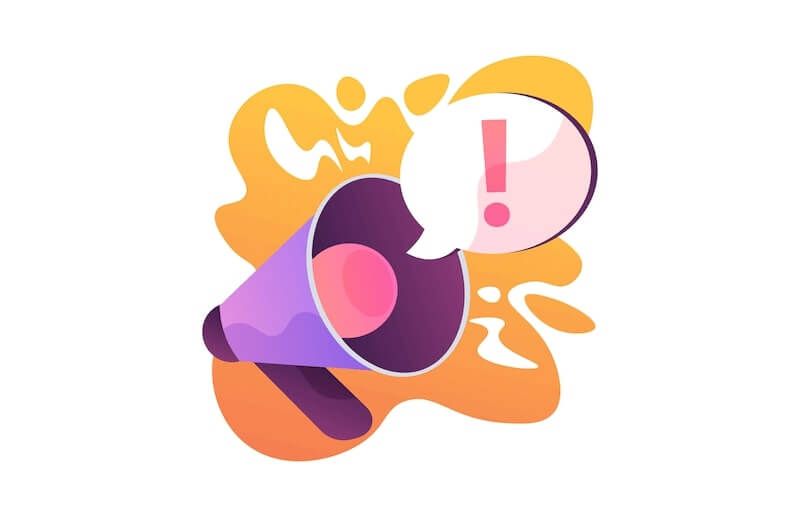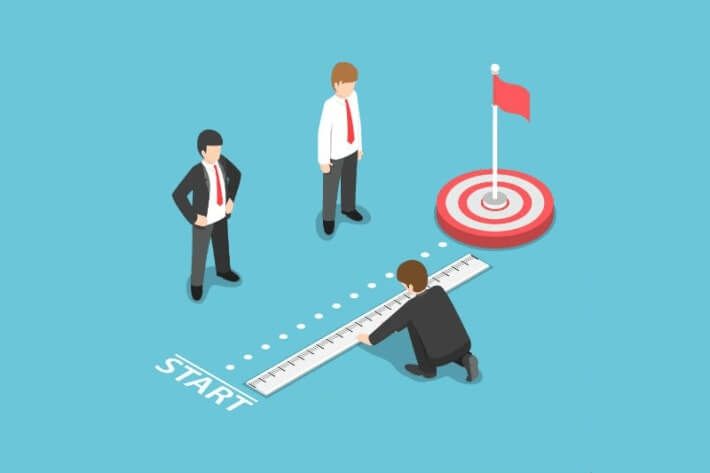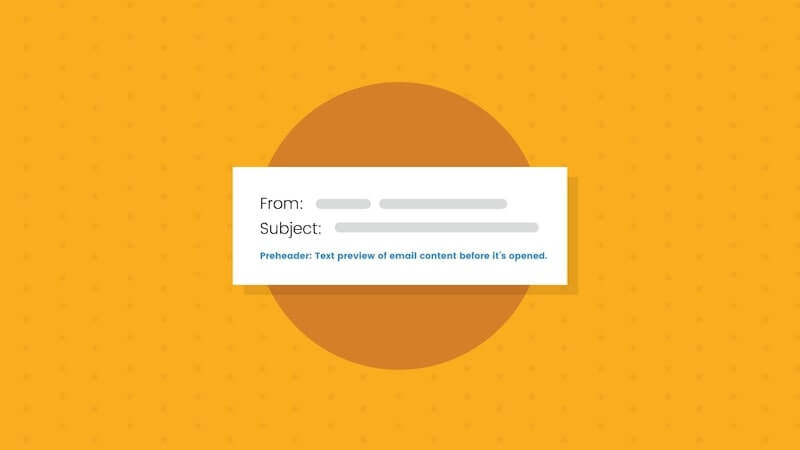
Differences And Similarities Between Email Marketing And SMS Marketing
SMS marketing and email marketing have a lot in common and some key differences. In this post we'll explore both of them so you can better understand how to use each of them to your advantage.
Table of Contents
SMS marketing and email marketing have a lot in common and some key differences. In this post we'll explore both of them so you can better understand how to use each of them to your advantage.
Similarities
SPAM Is Never A Good Look

There's a difference between a marketing campaign and plain old spam. To make sure that what you're doing is real marketing that is effectively working for you and not against you (trust us, spam works against you).
Opt In And Opt Out

Ideally, having your customers opting in to receiving SMS or email is the way to go but offering them an option to opt out while it is a little more intrusive, I think it still can be found to be acceptable.
However you decide to do it, it's important that you let your customers unsubscribe easily. Otherwise, they'll be stuck with your messages regardless of whether they want to receive them or not, and that's spam.
Keep in mind that not all messages are the same: promos and updates are very different categories and you should not lump them together. If a customer opts out, you should still send them updates on their order.
Relevance

The main difference between any kind of communication and spam is relevance. Even if unsolicited, a relevant message can never be perceived as spam. So working towards making your campaigns relevant to your audience should be your top concern.
For example, it makes sense if a store sends you a message, be it by email or via SMS, about a product your interested in being on sale. And there are ways to target undecided shoppers who've visited a specific product page more than once. Identifying undecided shoppers is super valuable, they just need a little nudge.
In contrast, you may have visited a store, but not a specific product in their catalogue. Receiving messages about such a product won't probably lead to many conversions and could possibly be perceived as spam.
Timing

Information is useful at certain moments and useless at others. So make sure your customers get the information they need when they need it. This is specially important if you're looking to send them updates via email or SMS.
One of the greatest and most effective examples of email marketing, the abandoned checkout, is usually sent three days after the checkout was abandoned - enough time for the undecided shopper to reconsider, and if you add a 5% or 10% coupon you might just nudged them enough to make a purchase.
Redundancy Isn't A Bad Thing

Alerts and appointments are a good example of something that could be sent out via both SMS and email as a redundancy measure. Some information is critical enough that it calls for redundancy, so maybe consider whether that's the case for some of the information you're trying to get to your customers.
So those are some of the things that, in broad terms, both email marketing and SMS share:
· Ideally it should be something users opt in (or at least opt out) and easy to unsubscribe.
· It should contain relevant information to the user.
· It should be delivered at the right time.
Now let's look at some of the key differences between them.
Key Differences
Length

SMS has a 160 character limit. That means you've have to be sharp.
That being said, it's not that different from an email. Yes, you can work a longer text via email but its generally recommended that you keep things short and simple. Keeping a reader's attention is hard enough as it is. However, there are no hard rules. If you've got a good story to tell, something compelling and engaging, do tell.
There are amazing people writing emails out there that convert, and I'll tell you what, they break all the rules.
Media

When you're writing SMS messages for your business you have no images, no videos, no media to go with your text. On the one hand that can be seen as a disadvantage but there's always another way of looking at things: there's nothing to distract you from the text. So unlike on most other mediums, text is absolutely king when you're writing SMS. And that also means you don't have to produce images and text to go with your SMS campaign and that is cost effective if nothing else.
Email marketing on the other hand can and should be accompanied by awesome media. That doesn't mean that your text is somehow less important, but it means you can't focus 100% on it, there are other things to think about. The media and your text should work together to direct your audience's attention where you want.
There are great examples on how to use media to dress your emails, but that's a story for another time. We'll do a dedicated post on that soon, so stay tuned.
Subject Line

Another key difference between SMS and Email is that SMS don't have a subject line. And drafting a subject line is one of the most important parts of an successful email marketing campaign. The main objective of your subject line should be to catch your audience's attention and spark some curiosity while also giving them a clear expectation of what they'll find when they open the email.
What do I mean by that? Say, for example, "Check out our Summer Sale!"
Now while it may not be perfect, it's short and clear and if you're interested in our products you'll be curious as to which we've got on sale right now. Is it perfect? Maybe not, but at least it checks all the boxes.
SMS on the other hand is a bit more intrusive. No subject line, nothing it just pops up on your phone suddenly.
Preheader

That's another thing you get with emails that you don't get with SMS. It's another chance to set users expectations and give them relevant information.
If you don't write anything, the preview will automatically fetch the first few lines from the email body. Sometimes that works pretty well, which is why they do it that way, but if you know that you can draft a preheader specifically designed to make your audience open that email, why not take that chance?
Personalization

I don't know which email marketing tools you're using but chances are you've got the option to use merge tags. Merge tags offer a way to personalize each email so that it automatically fetches the name of the person you're sending an email to if you want to greet them by name at the beginning of the email and other things like that.
So as you can see, email marketing offers a lot more options. That doesn't mean that SMS isn't a useful tool in your arsenal. As with most things, the question isn't which to use but what are you going to use each of them for. Have a look at this article discussing the best SMS campaign designs to get more inspiration
Highlighting the differences can help you figure that out by yourself but why not go ahead and just mention few examples of what SMS marketing is usually used for and the things email marketing is usually used for. There's gonna be overlap, of course, but that's ok. It's up to you to decide which way you want to go or if you want to launch an SMS and email marketing campaign simultaneously.
What SMS Campaigns Are Usually Used For
· Deals and coupons (limited time or flash sales)
· Personal alerts, e.g. notifications and account updates
· Quick access to important information
· Shipping updates
· Review requests
What Email Marketing Campaigns Are Usually Used For
· Deals and coupons
· Newsletter (community building)
· Abandoned checkout
· In-depth and educational information
· Engaging stories
· Shipping updates
· Review requests
If you want to know more about customer service, reviews, e-commerce, or other related topics make sure to check in with us often. And contact us about any topics you'd like us to write about.
And please share this article if you think it may be helpful to someone.
Download Opinew today and see how your customers can help develop your conversion opportunities through Shopify.
Opinew Blog Newsletter
Join the newsletter to receive the latest updates in your inbox.






